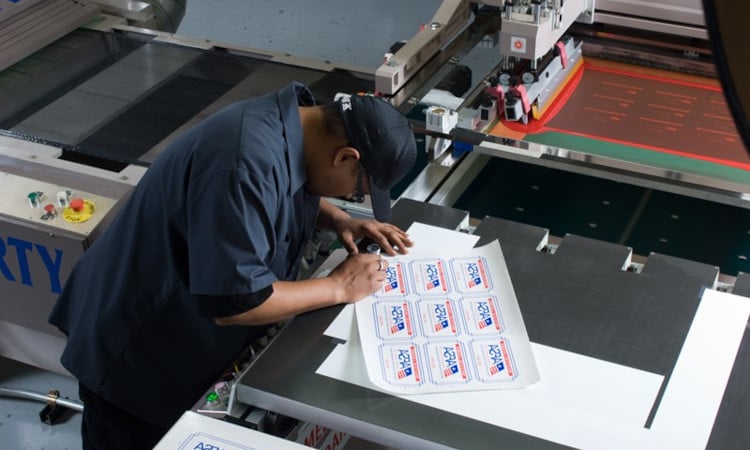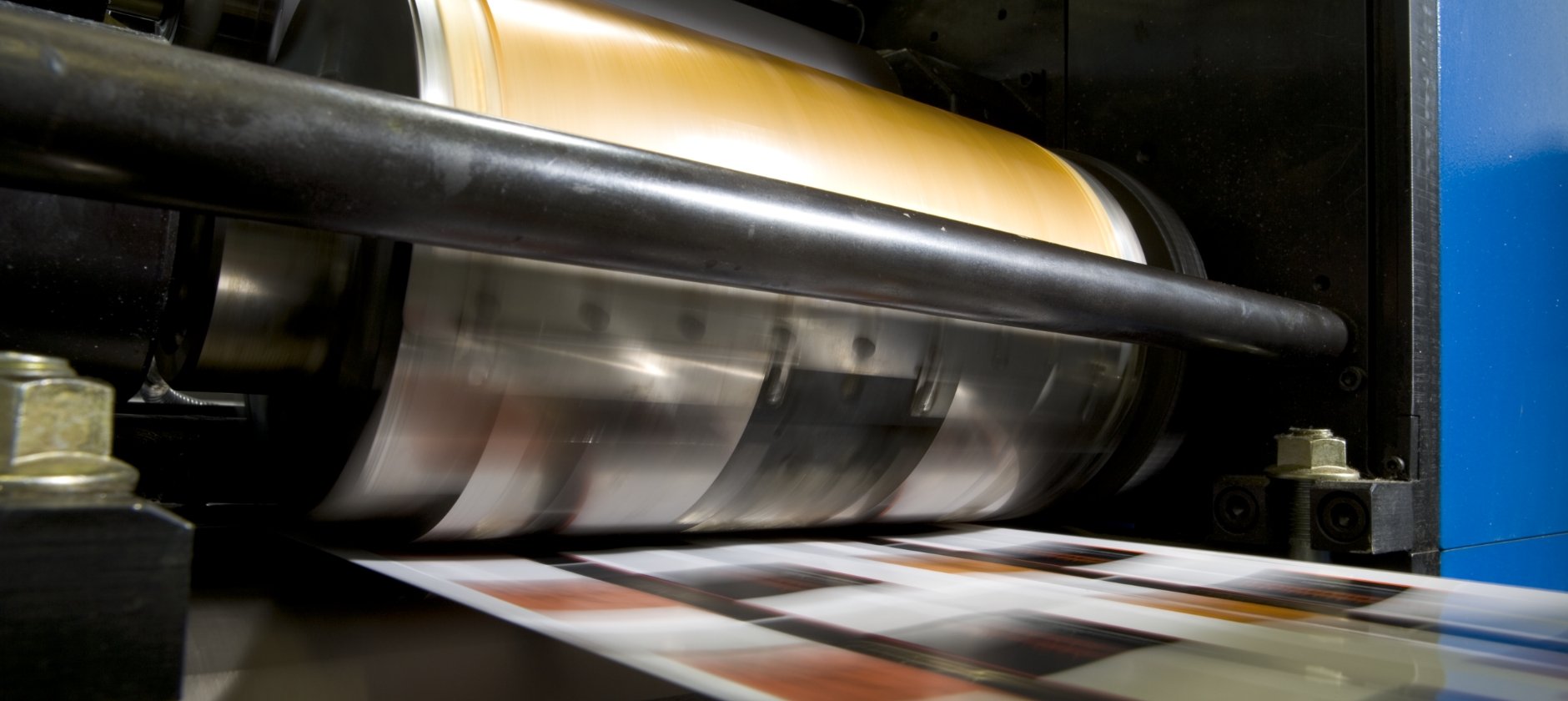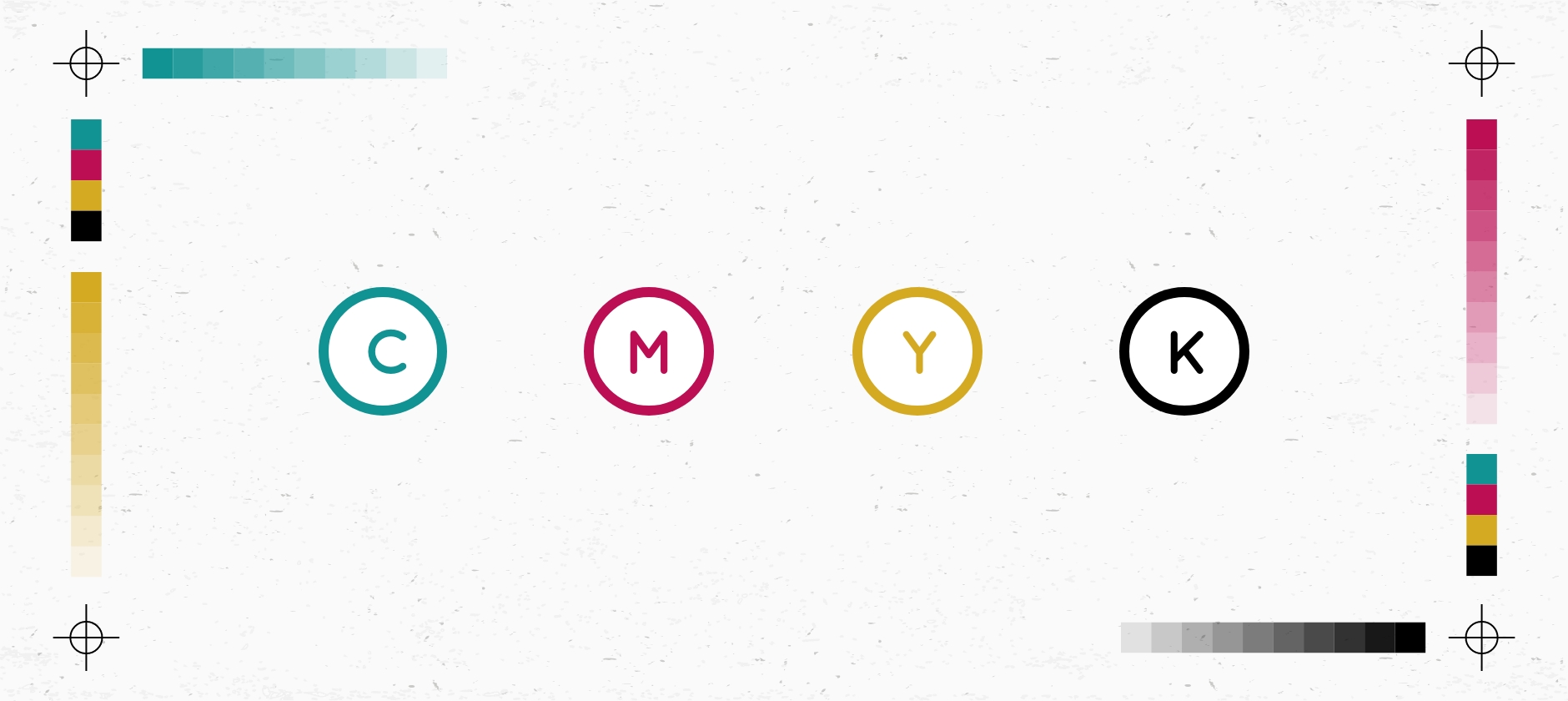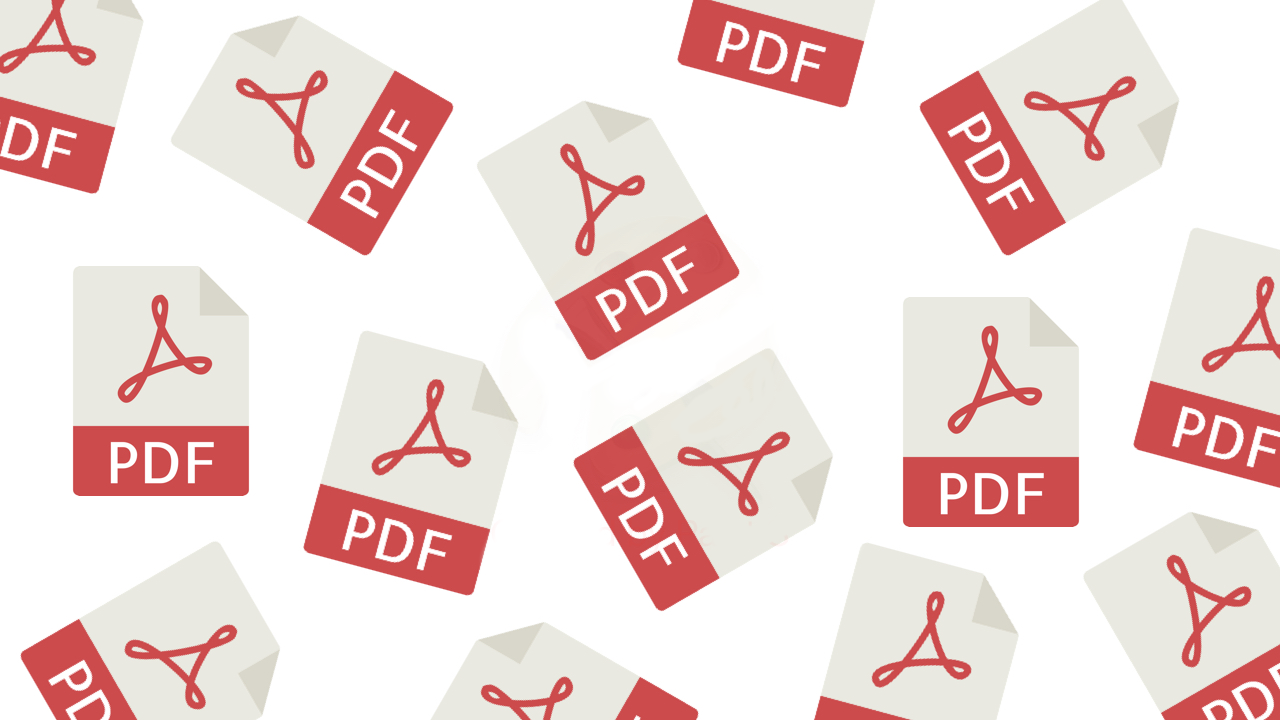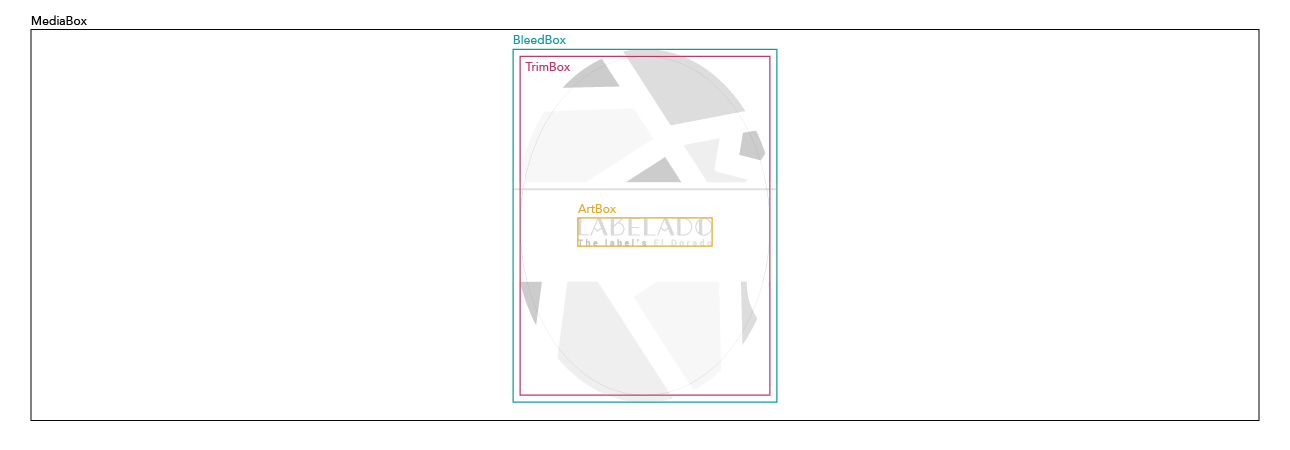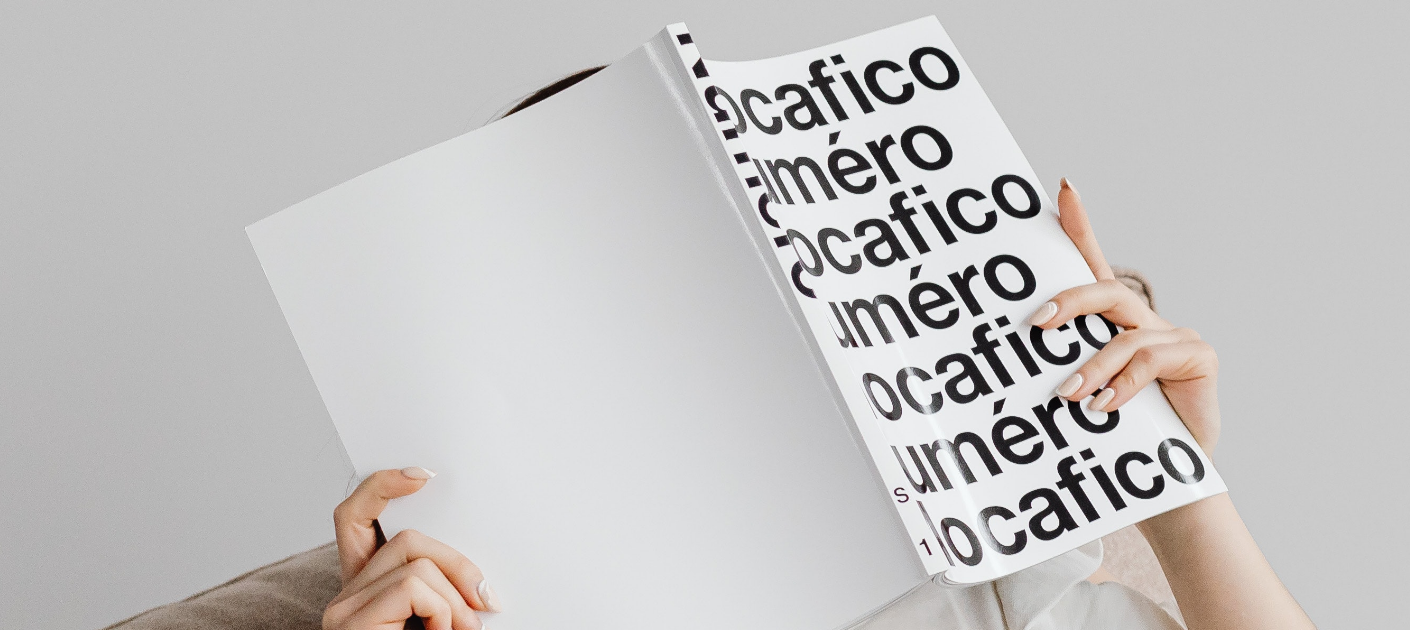Did you like the article? Share it!
Best printing methods for packaging: 5 methods compared
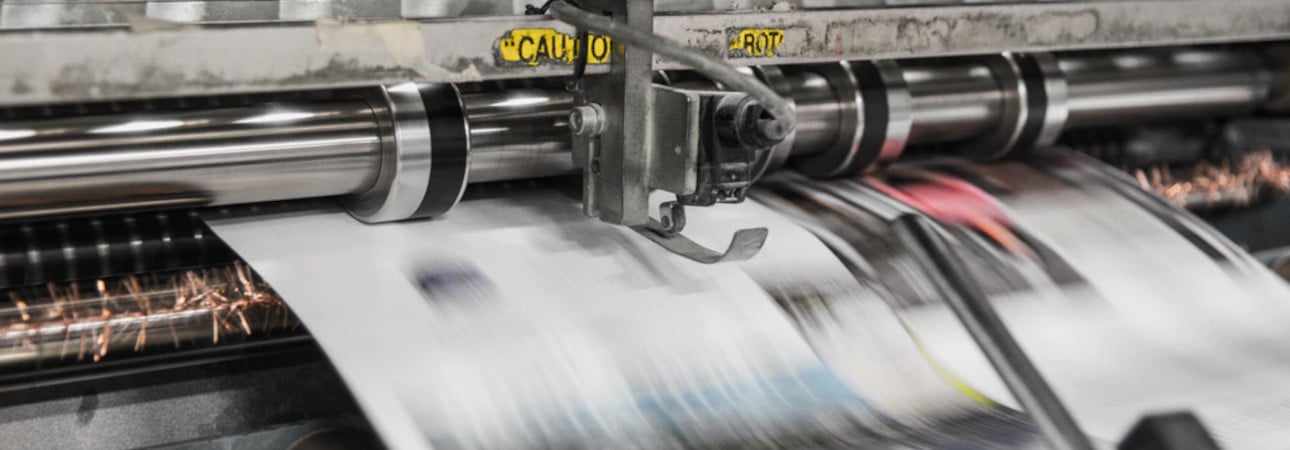
If it comes to your product packaging, then you will need to make sure that you make a layout that makes your product stick out from the contest. With the Perfect packaging design, you can enhance the customer experience, boost your branding, add value to your products, and ultimately, increase sales!
There are not any set rules in regards to printing, such as packaging. But, there's a range of various printing methods, each one of which has distinct weaknesses and strengths that you must be conscious of.
Using the correct printing method for packaging is significant, along your very best option will be dependent on several unique aspects. Having a better knowledge of the variants, you will have the ability to make the best option for your unique needs. So let's have a look together at all the various pros and cons of the different printing methods available on the market.
1. Lithography or Offset Printing
Lithography is a popular printing process for all kinds of marketing stuff, from business cards to market and sell sheets. It is also widely used for packaging, particularly for folding cartons and label printing, which is sometimes referred to as litho labels.
Offset lithography printing media. This press has eight colour stations. Image courtesy of norkainc.com Lithography printing is a favourite with corrugate packaging through laminating or glueing a litho printed sheet into corrugate inventory. This is understood as Litho Laminate Printing, and it provides a top-notch printing-packaging alternative without impacting the fluting.
Lithography printing for packaging provides business owners with an opportunity to make packaging using a high-end retail quality look. Lithography printing for packaging offers business owners a chance to create packaging with a high finish retail quality look. Almost any item that utilises a full-colour corrugate bundle are examples of this Litho Laminate printing procedure.
The finish could be improved with the addition of speciality coatings to make a super high gloss, matte or soft-touch finish to enhance the perceived value of your merchandise.
Compared with other printing methods, there's virtually no banding, developing a smooth colour gradient from the printed pictures.
It needs an essential investment in tooling to create custom printing plates. But these are alone-time cost, and assuming there aren't any adjustments to art when you want to publish more bundles, you will have the ability to re-use your printing tooling for that run. Generally speaking, this printing methodology requires larger volumes to be optimised, thus also requiring longer lead times.
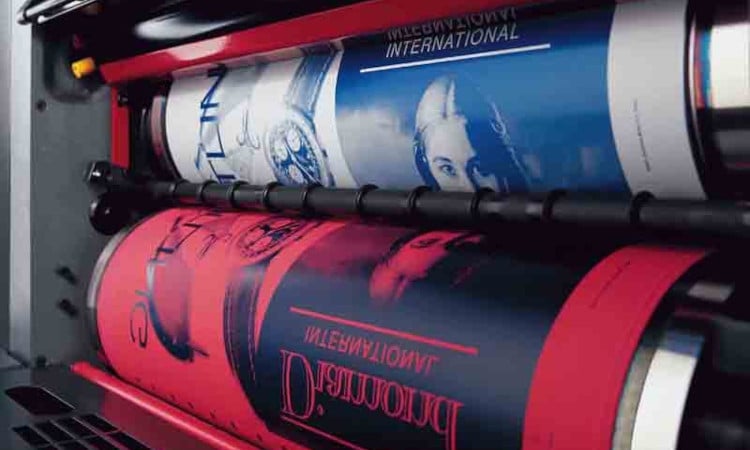
2. Flexographic Printing
Printing for flexible packaging is growing increasingly common due to the various advantages this packaging kind offers. Flexographic printing for packaging, also called flexo printing, is usually employed for flexible packaging like stand up pouches.
In addition, it can be an effective printing for packaging option for corrugated boxes.
Among the advantages of flexographic printing is that it is cost-effective per unit. Among the benefits of flexographic printing is it is cost-effective for each unit. Since the tooling prices are reduced, this economy could be passed onto you. Turnaround times are generally much faster than with other printing for packing procedures.
Flexo printing can use water-based inks (the most suitable for food packaging and labels) and oil-based inks.
Flexo printing is renowned for its fast production and cheap cost, but not for its quality. If you require to print high-quality photos, this might not be the optimal solutions; this is the main reason while usually flexo printing machines have more colour units than other printing methods; for example, if you require to print the picture of a human face, you will probably need some nuances of skin colour that could require different gradients of colour. Flexo printing will require both the full-colour and light colour unit to reproduce these gradients.
However, despite these drawbacks, flexographic printing's affordability helps maintain its popularity when printing for packaging.
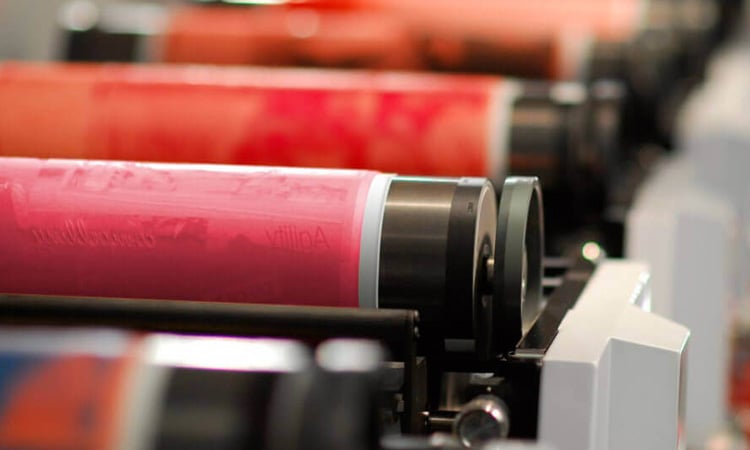
3. Digital Printing
As among the most flexible printing techniques for packaging alternatives, digital printing is one of the most versatile applications. Nowadays, digital printing is one qualitative method for printing labels, corrugated boxes, folding cartons, prototypes, stand up pouches and much more.
In addition to its flexibility, electronic printing also offers rapid turnaround times, occasionally within two weeks. There are very few tooling or setup costs connected with this printing for the packing system.
There usually are no die plate charges as all die-cutting is typically done via an automatic cutting table.
Low minimums are average, and the printing quality is practically as good as lithographic printing, making excellent outcomes. Improvements in corrugate electronic printing have produced a move to source for businesses getting started or analysing new goods and packaging.
Digital Printing happens only in the spectrum of colour that is printed with dots of CMYK (cyan, magenta, yellow and black) and sometimes enhanced by OGV (orange, green, violet), but not PMS colours are usually present on these machines, so the perfect match might not happen.
If you're printing in large volume, the costs can add up quickly. So there's a quantity point where another bundle printing method might be more affordable.
Pantone Matching System (PMS) colours are also challenging to suit, and there are not as many coating choices as are available as using lithography printing such as packaging. Digital printing can be an outstanding solution depending on what you need. Cases of digital inkjet printing on corrugate. Note the design of ink. Inkjet printing made a dispersed pattern of ink. Digital Laser printing or technologies like HP Indigo's machines are the closest printing techniques to offset printing.
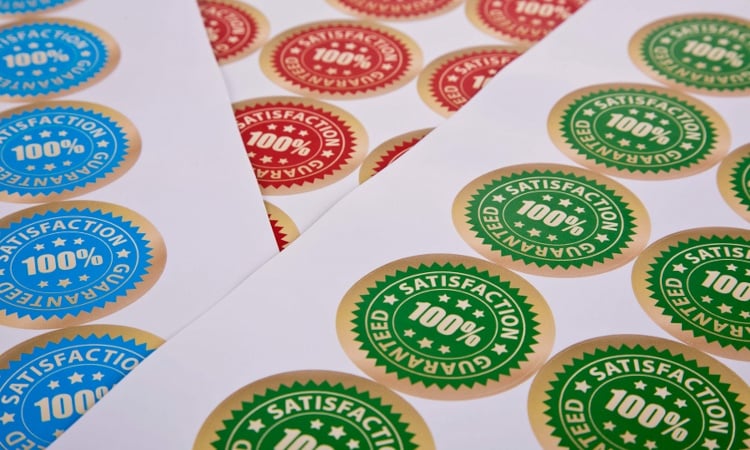
4. Rotogravure Printing
Rotogravure printing is usually used for very large batches of production of packaging (industrial productions of millions of units) utilised in elastic stand-up pouch printing and on folding cartons, rotogravure printing for packaging is among the most frequently used printing methods for high volume printing.
Additionally, known as gravure printing, this process is often utilised in printing packaging layouts. Rotogravure printing is still one of the hottest printing options and could be an ideal printing for packaging option for your business. Rotogravure printing provides excellent print quality and is more than capable of reproducing high-quality images. Rotogravure printing can create continuous-tone images, meaning constant high-quality prints, even in high volume.
Although gravure cylinders are highly durable and can be used for several printing runs, the original price is highly significant. There are not plenty of coating alternatives available, and for it to be more cost-effective, higher volumes are generally required. However, rotogravure printing is still among the most popular printing options. It may be an ideal printing for packaging option for your company, especially if you require top-notch, top-notch printing for your packaging.
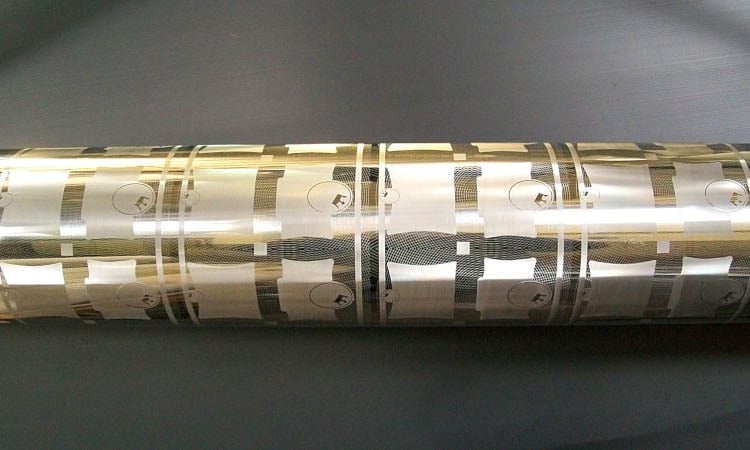
5. Silkscreen Printing
Silkscreen printing generates a clear, sharp finish with printed text and images. This print for packaging procedure may be employed on a broad range of materials, such as fabric, corrugated packaging, and plastics. It can be utilised for prototypes, tags, promotional materials, corrugated boxes, and folding cartons. Silkscreen printing is an excellent alternative for businesses that use pre-made or stock packaging.
This print for packaging way is a superb option for companies that use pre-made or stock packaging. It is also the perfect option for printing promotional and marketing materials such as t-shirts and cups.
Setup prices are typically very affordable, and it is an excellent alternative for smaller quantity jobs. Silkscreen printing is also used on corrugate packages and non-flat surfaces.
The additional cost of screenies and setup time for multi-colour production could heavily influence screen printing productions. Also, being the printed ink thicker, it will be much more challenging to get high-quality pictures; each screen printing colour is advised to be a full colour by itself since no gradients can be done.
The finish isn't usually as clean, and it isn't easy to reproduce photo-quality images with any absolute certainty. That said, silkscreen may be the perfect solution for smaller volume packaging tasks and prototypes.
Next

